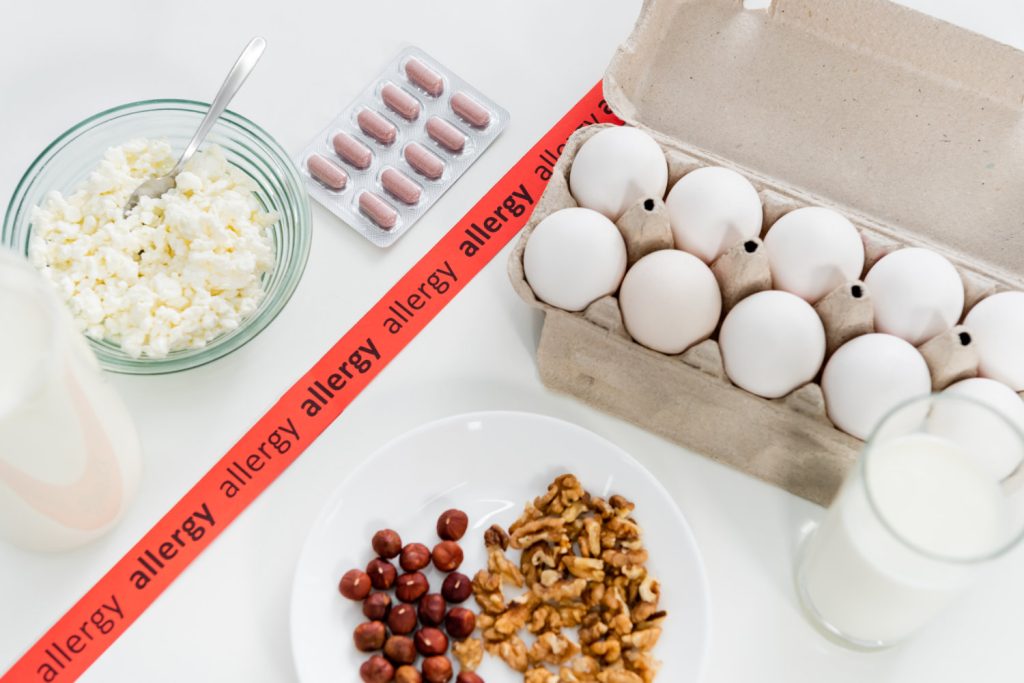The Importance of SPF
The sun is beaming, the weather is warm, and it’s time to spend more of our days outside. While you’re having fun in the sun, remember to protect yourself from harsh ultraviolet (UV) rays with a broad-spectrum sunscreen of at least SPF 15.
SPF and Ultraviolet Rays
We know SPF is in sunscreen and that it’s important, but what exactly is it? SPF stands for Sun Protection Factor. The FDA defines SPF as “a measure of how much UV radiation is required to produce sunburn on protected skin.” The sun emits two types of UV rays; Ultraviolet A (UVA), which causes tanning and aging, and Ultraviolet B (UVB), which causes reddening of the skin.
The SPF level of sunscreen dictates how many times longer it takes for UVB rays to burn your skin, as opposed to having no sun protection. For example, SPF 15 means it will take UVB rays 15 times longer to cause burns than if you weren’t wearing protection. For protection against UVA and UVB rays, you need a broad-spectrum sunscreen.
Applying Sunscreen Correctly
A 2016 study by the American Academy of Dermatology shows most people are confused about which sunscreens to choose and how to correctly apply it. Now you know scientifically what SPF is and what is does, but which SPF should you choose? SPF 15 blocks 93% of UVB radiation, while SPF 30 blocks 97%. In sunscreens with an SPF of more than 30, the difference in protection is negligible, with SPF 50 blocking 98% and SPF 100 stopping 99% of UVB rays. Keep in mind that these percentages are determined in a perfect laboratory setting where the amount of sunlight received, amount of moisture on the skin, and amount of sunscreen applied is controlled.
Sunscreen should ideally be applied 15-30 minutes before being in the sun. This window gives the sunscreen time to soak into your skin and makes it less likely for the sunscreen to come off as you sweat. Sunscreen needs to be reapplied after sweating or swimming for continued protection and should be applied at least every two hours. The only kind of sunscreen that protects against UVA and UVB rays is a broad-spectrum sunscreen.
Using enough sunscreen is another area where most people struggle. Not only is it important to cover every area of exposed skin, including your ears, hands, and the tops of your feet, but it’s important to use enough sunscreen. Most dermatologists recommend about 1 ounce of sunscreen to cover an adult’s body.
Even on a cloudy day, about 80% of the sun’s rays still reach Earth, meaning sunscreen and regular reapplication is just as important as it is on a sunny day.
Risks of Sun Damage
UV rays provide some benefits to humans such as aiding in Vitamin D production, but unprotected exposure to UV rays increases your risks of skin cancer and premature aging. As little as 5 sunburns in your lifetime can double your risk of developing skin cancer. Learn more about skin cancer from our previous blog “The Fast Facts On Skin Cancer”.
Darker Skin and Sunburns
Unfortunately, no one is completely safe from developing sunburns or skin cancer. There is a common misconception that people with darker skin tones are more protected from the sun and therefore do not need sunscreen. According to UNC dermatologist Dr. Priyanka Vedak, melanin, the substance that gives us our pigment, only has an SPF of 4. In darker skin, reddening may not be as visible or may present as hyperpigmentation. The absence of signs does not mean the absence of damage. People with darker skin tones are 3 times more likely to be diagnosed with an advanced stage of melanoma than their fair-skinned counterparts – partially due to this misconception.
Opting for Protective Clothing
Not a fan of sunscreen? An alternative method for protecting your skin from UV rays is to choose protective clothing. The color, density, and length of the fabric affects the amount of radiation that can reach your skin. The protective ability of clothing is measured by its Ultraviolet Protection Factor or UPF. Unlike SPF, which only measures UVB rays, UPF protects against both UVA and UVB rays. Bright or dark colors and dense fabrics like denim or wool provide a higher level of protection compared to lighter colors and sheer fabrics.
If you want to know how helpful your clothes will be in protecting you from UV rays, a great rule of thumb is to hold a piece of clothing up to the sunlight. The amount of light able to travel through the fabric is how much your skin is still exposed to UV rays.
From a UPF perspective, it’s recommended to wear longer articles of clothing because they cover more surface area on your body and therefore offer more protection. Looser clothing is also recommended over tighter clothing. As the fabric on tighter clothing stretches, more light is able to pass through the weaving of the fabric. For optimal sun protection, protective clothing and sunscreen is suggested.
Self-Screening for Skin Cancer
When caught early, skin cancer is easily treatable. It’s recommended to self-screen yourself for developing melanoma at least once a month. Melanoma often looks like a mole that is changing in color, size, or shape. Melanoma can also appear as a sore that may itch or bleed but can’t seem to heal.
To self-screen yourself, stand in front of a full-length mirror. Scan every part of your body for abnormalities including your sides, hands, neck, buttocks, scalp, and feet. The most common area for melanoma is the back. Grab a hand mirror or a close friend to help you examine those hard-to-see areas. If you happen to come across a strange looking mole or sore, no need to panic. Reach out to your primary care physician or dermatologist for advice on what to do next.
To summarize:
- Make sure to use a broad-spectrum SPF 15 or higher sunscreen
- Reapply after sweating, swimming, and every 2 hours
- Use 1 ounce of sunscreen to cover your entire body
- Wear protective clothing if temperatures allow
- Self-screen for changing moles once a month
- Contact your primary care physician or dermatologist for any suspicious moles or sores




